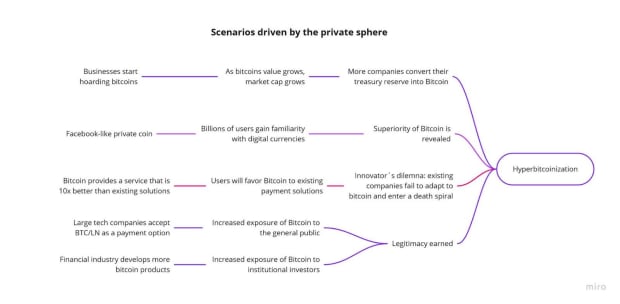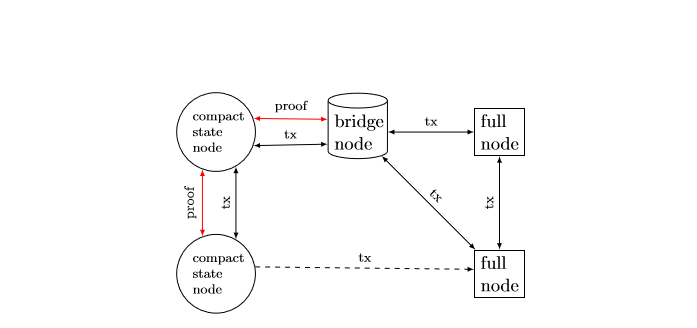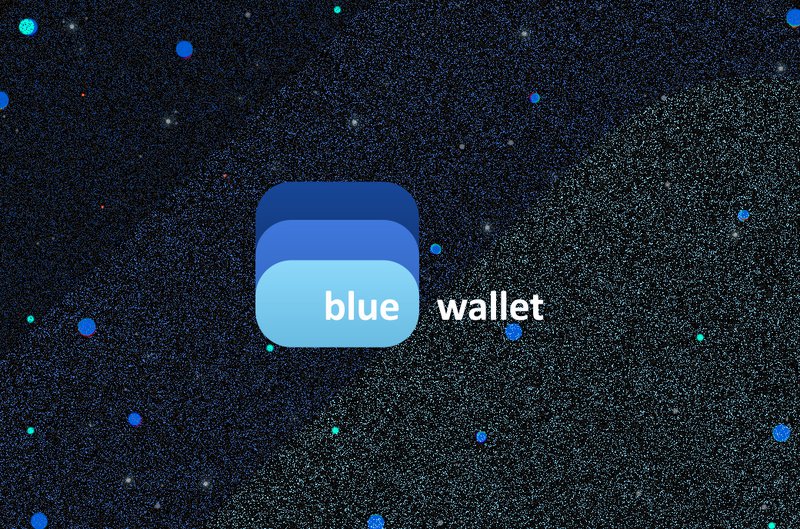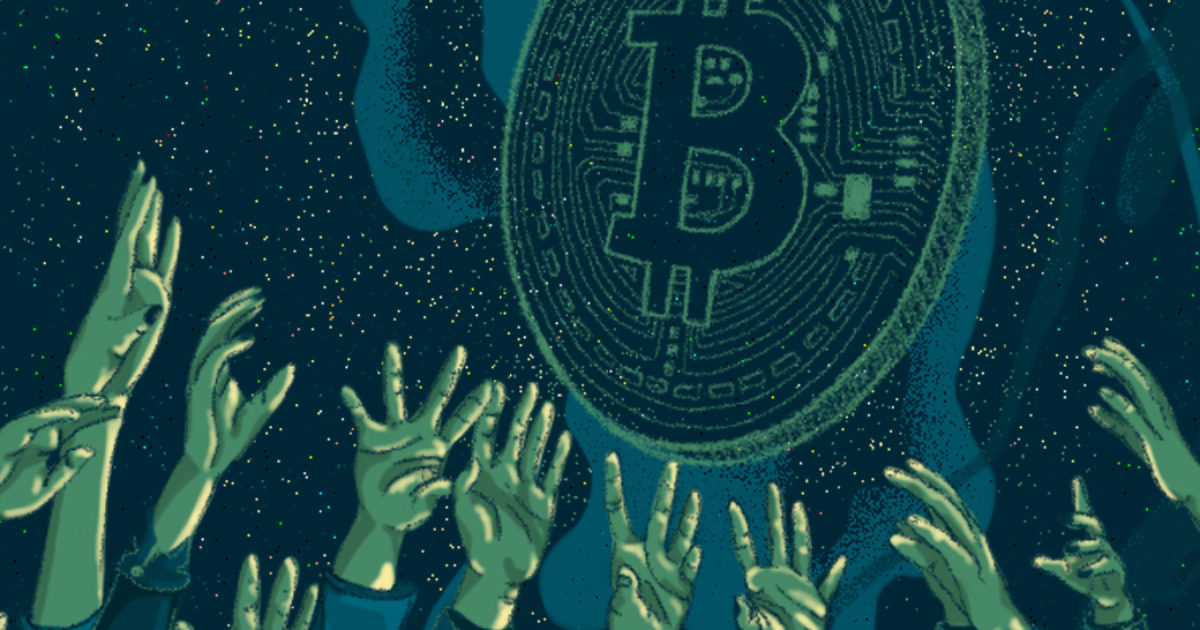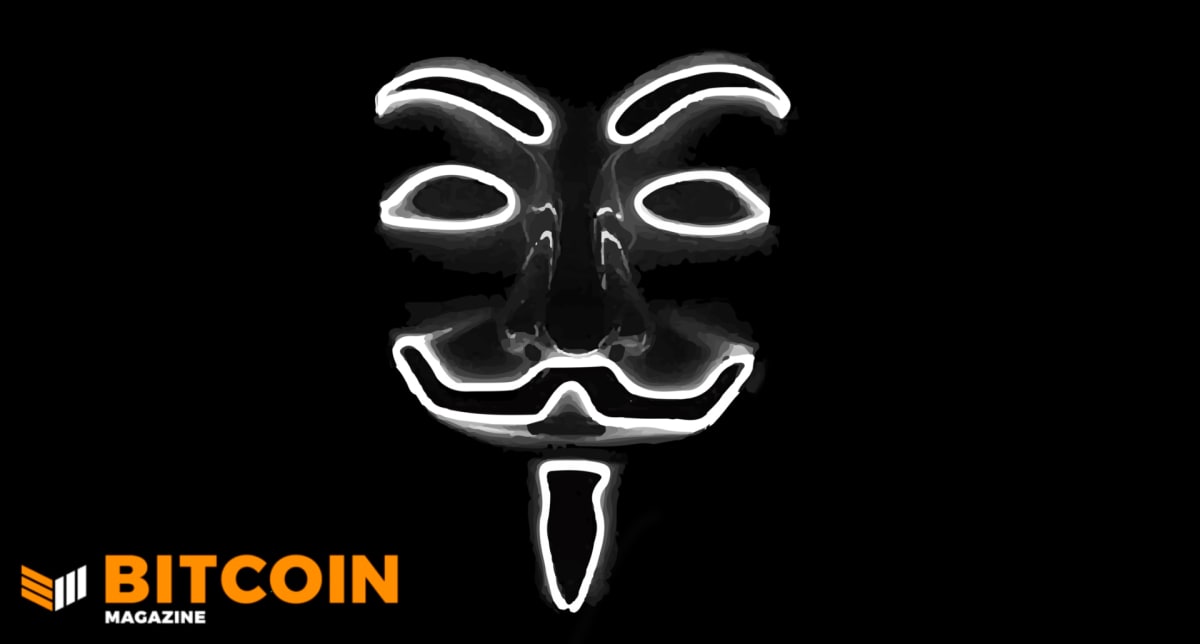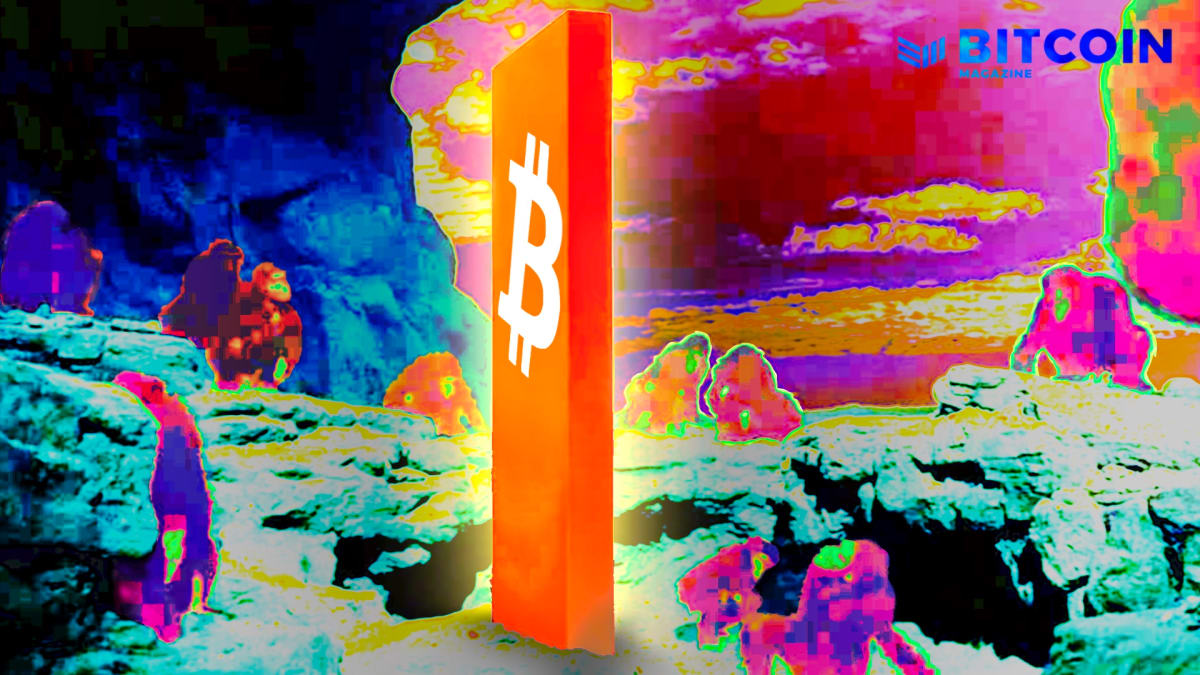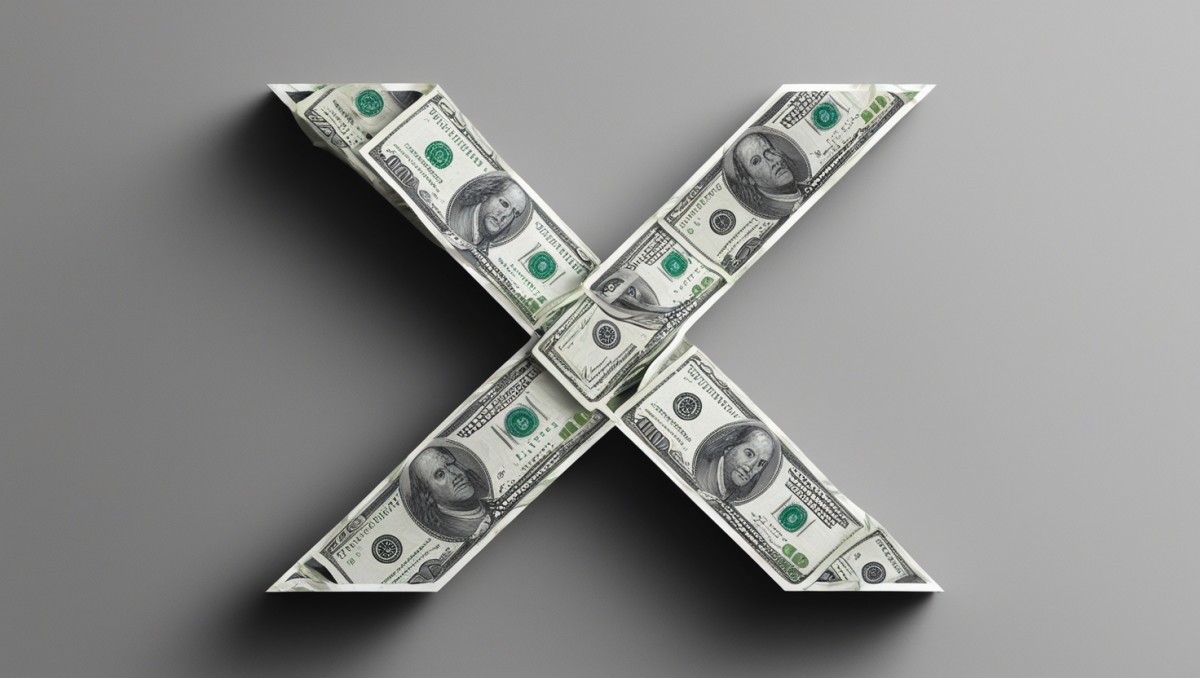Why Bitcoin Is Not Like PayPal Or Venmo
Bitcoin is an entirely new paradigm of money, not a simple secondary payments layer built to increase ease of access like PayPal or Venmo.
This is an opinion editorial by Mark Maraia, an entrepreneur, author of “Rainmaking Made Simple” and a Bitcoiner.
Bitcoin is not like PayPal or Venmo. This would be obvious to anyone who understands money. As Shakespeare might say, “Ay, there’s the rub.” Almost no one understands money. We are never taught about how fiat money actually works at home or at school or at work … even when you work on Wall Street or you run the country. I’m confident very few politicians could pass a simple exam on money. I’m almost sure none of our federal employees could. And I’d hazard a guess that very few CEO’s or CFO’s of Fortune 500 companies could either.
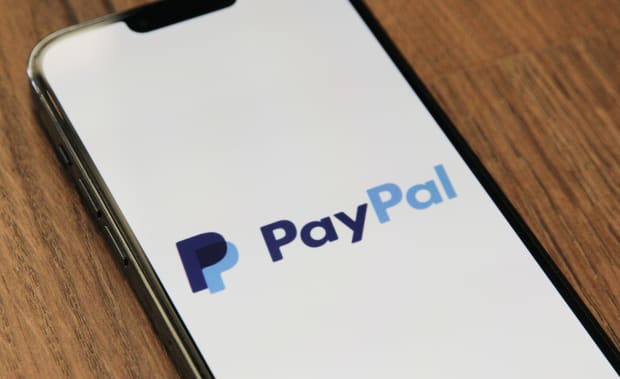
I’m unaware of any survey that assesses the general population’s understanding of money or our banking system. We definitely don’t teach it in school. Simple questions like:
- “What is fractional reserve banking?”
- “What was the base layer of the global monetary system until 1971?”
- “What is the base layer of the US money supply now?”
…are complete mysteries to 99% of the population. But not to Bitcoiners.
Bitcoin is the base layer of a new digital and decentralized monetary system that favors no one. It allows two parties armed with nothing more than a cell phone to send value via the digital rails of Bitcoin from the U.S. to anywhere in the world, almost instantly, with no middle men. That’s why governments hate it so much!! Venmo and PayPal are not and will never be the base layer of a new digital and decentralized monetary system. Venmo and PayPal are second or third layers in our centralized fiat monetary system. They make life easier for many, but they come at the cost of centralized control and state financial surveillance and repression. All this talk of CBDCs makes me sick. Why? Because a CBDC is nothing more than a surveillance coin.

At one time in its history, gold was the base layer of the analog and centralized monetary system. Government currencies — now all fiat — were built as second layers on top of gold. Then in 1971, Richard Nixon pulled a monetary magic trick the likes of which we are still feeling the effects from today. He unilaterally severed the remaining link of the dollar being redeemable for gold. (Note: This ability had been taken from U.S. citizens in the early 1900’s. What Nixon severed was another country’s ability to receive gold in exchange for U.S. dollars.) So began a monetary experiment that continues to the present day.
Why was that a magic trick? Because, presto chango, the dollar — not gold — was suddenly the new base layer of our monetary system as of that moment. Everything in our monetary and banking system today is built on top of that. I’m confident no other country would have approved the idea of an “unbacked dollar” becoming the world’s reserve currency at Bretton Woods if they knew that a short 27 years later the link to gold would be severed. It was a classic bait and switch or as most bitcoiners call it — a rug pull.

The latest example of why it’s important to differentiate between the payments use case that compares bitcoin to PayPal and Venmo, and the true sound money narrative that bitcoin is actually about, is the collapse of FTX.
Too many people are led astray by claims that there are “superior” unsound cryptocurrencies which promise faster, cheaper payments. What they might not realize is that these promises are only made based on the centralization and lack of security that these altcoins are built on. Many who fell for this, invested on exchanges like FTX and may have ignored the Bitcoin Maximalist mantra of self-custody. Had attention been paid to the real underlying promise of bitcoin — that it is sound money that cannot be controlled by anyone, given self-custody — it is highly unlikely that they would have had assets on a cryptocurrency exchange like FTX.
As my favorite spiritual text likes to remind me, “We’re in a prison of our own making.” What’s the “get out of jail free” card? Buy or get paid in bitcoin. Switch to a bitcoin standard.
This is a guest post by Mark Maraia. Opinions expressed are entirely their own and do not necessarily reflect those of BTC Inc. or Bitcoin Magazine.

